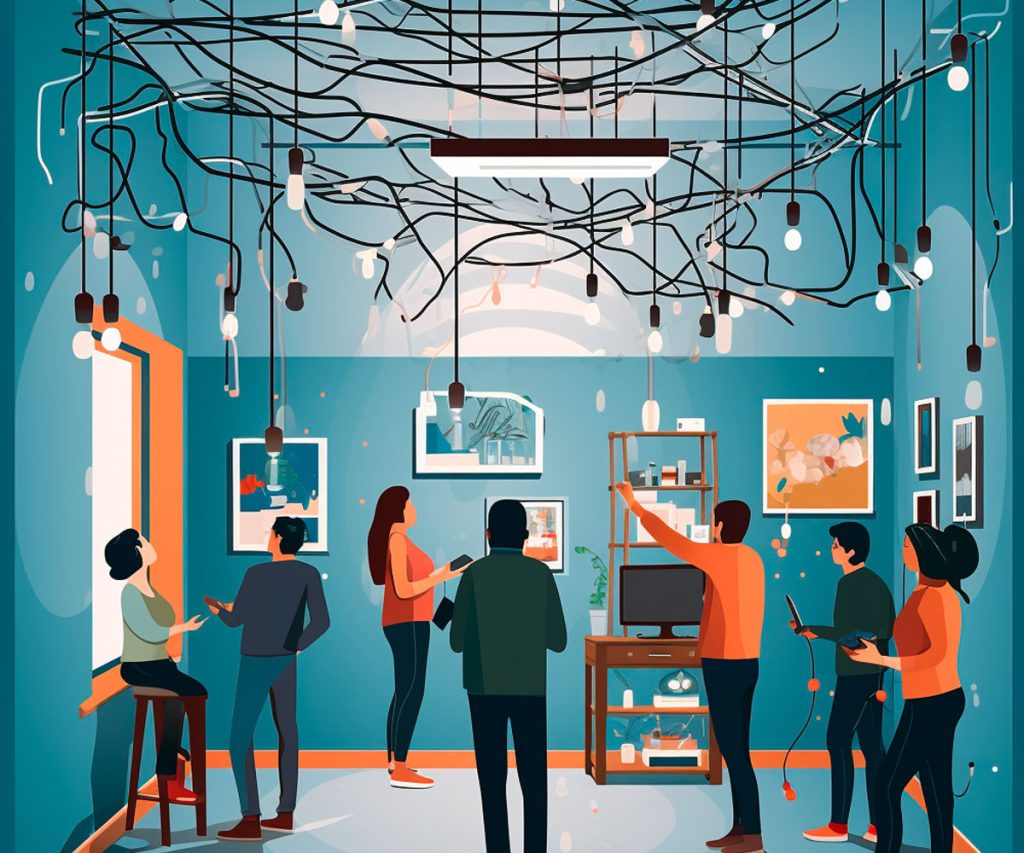Understanding Electronic Waste

Electronic waste, or e-waste, includes discarded electronics, creating serious environmental problems. The main issues include heavy metals and pollution from improper disposal.
What Constitutes E-Waste?
E-waste includes devices like old phones, computers, and cables. These items often contain heavy metals like lead and mercury. Small devices like headphones and chargers, as well as large appliances like fridges and microwaves, are part of this category.
The Environmental Impact of Electronic Waste
Improper disposal of e-waste can lead to harmful pollution. When e-waste ends up in landfills or incinerators, it releases toxic substances into the air, water, and soil. Recycling e-waste properly helps prevent this pollution and saves resources.
The Environmental Protection Agency (EPA) urges us to recycle electronics. By doing so, we reduce the amount of e-waste in landfills and protect our environment from harmful substances.
Proper Disposal of Old Electronics Cables

When we dispose of old electronics cables, it’s essential to do so responsibly. We can use recycling programs from retailers and local centers to minimize environmental impact.
Recycling Options for Cables and Wires
Many recycling centers accept cables and wires. Copper inside cables is valuable and can be reused. Metal recycling centers often take these materials. It’s crucial to check if they accept electronics as not all centers do. Websites like Earth911 help locate nearby recycling centers. Before we discard cables, removing any zip ties or plastic wrap is essential to aid the recycling process.
Retailer Recycling Programs
Some retailers offer recycling programs. Best Buy and Staples have programs to take old electronics, including cables and wires. Apple and Amazon also provide recycling options. We can bring cables to their stores or use their mail-in services. These programs often ensure proper disposal and recycling, reducing waste. By using these services, we support eco-friendly practices.
Local and Mail-In Recycling Programs
Local programs sometimes offer curbside pickup for electronics recycling. It’s helpful to check with local waste management services about this option. Call2Recycle provides information and locations for recycling electronics. Mail-in recycling programs are another convenient choice. We can use services like Amazon and Apple to send in old cables. These programs make it easy to recycle from home, ensuring the materials are properly processed.
Reusing and Repurposing Electronic Cables
Old electronic cables can often be given a second life. We can donate working cables or creatively repurpose them for new uses, which helps reduce waste and save money.
Donating Functional Cables and Cords
If we have extra cables like HDMI, charging cables, or even 3-prong power cords lying around, donating them can be a good idea. Places like repair cafés and Buy Nothing groups often need them. They might serve as valuable resources for educational purposes or help someone repair a gadget.
We can also ask friends and family if they need any cables. Many schools accept donations of old gadgets and cables for their tech labs. Refurbished cables can be useful for people who can’t afford to buy new ones.
Creative Repurposing of Cables
Old cables can become useful in other ways. For example, we can use old computer or ethernet cables as hookup wire for DIY electronics projects from sites like Instructables. Pure copper wire from cables can be used in arts and crafts projects.
An HDMI cable might turn into a handy rope tie. Animal shelters sometimes use old cords to tie things up or make impromptu leashes. We can get creative and find new uses, reducing the amount of waste entering landfills.
Repair and Refurbishment Opportunities
We shouldn’t overlook the potential to repair or refurbish old cables. Websites like iFixit offer guides on fixing common cable issues. Often, a faulty USB 3 Micro-B cable or VGA cable can be salvaged with a little effort.
Community repair cafés often help people fix cables and cords. This can save money and reduce waste. Learning to repair ropes us to fix our technology ourselves, from laptops to tablets. Local experts at these cafes are usually willing to show us how to do it.
I’m Cartez Augustus, a content creator based in Houston, Texas. Recently, I’ve been delving into different content marketing niches to achieve significant website growth. I enjoy experimenting with AI, SEO, and PPC. Creating content has been an exciting journey, enabling me to connect with individuals who possess a wealth of knowledge in these fields.

